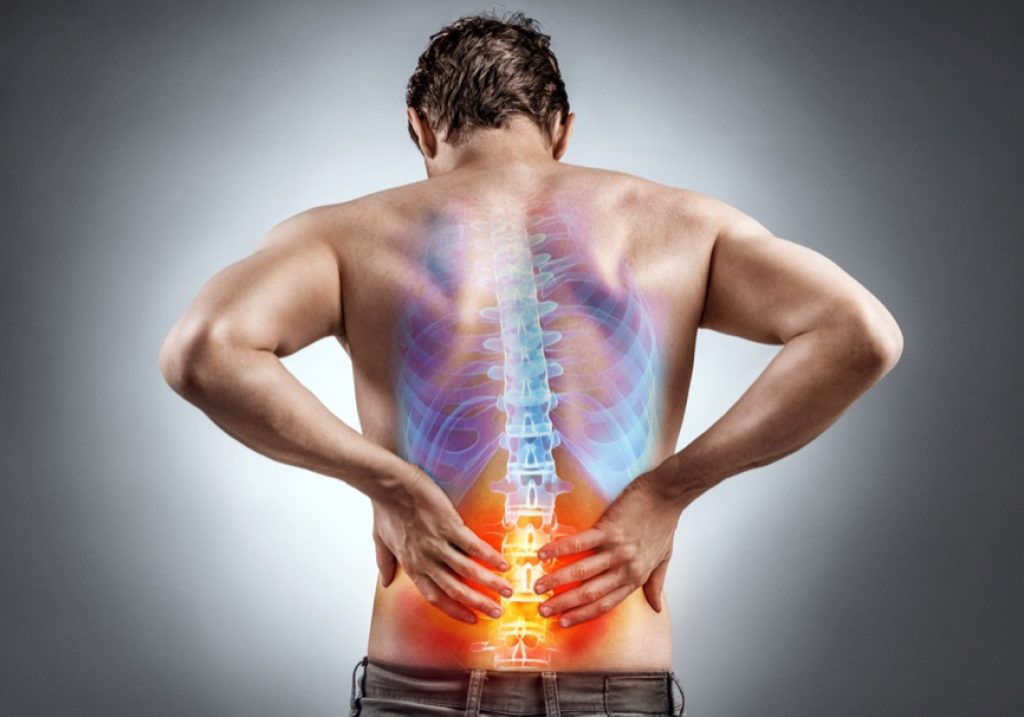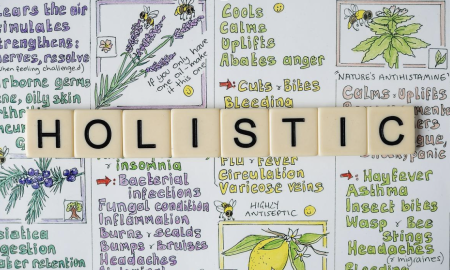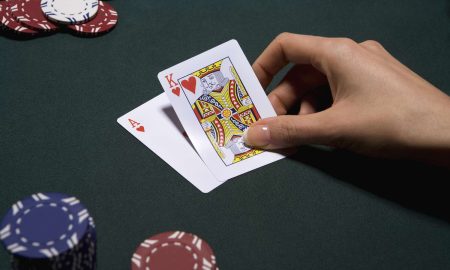
Are you or a loved one dealing with scoliosis and looking for effective treatment options?
This article explores the different types of scoliosis, its causes, symptoms, and diagnosis.
We delve into the benefits of physical therapy and the 6 essential exercises that can help improve posture, strength, and flexibility.
Whether seeking non-invasive solutions or considering surgery, understanding the role of physical therapy in scoliosis treatment is crucial.
Let’s learn more about how physical therapy can make a difference in managing scoliosis.
Note: For serious conditions consider physical therapy for scoliosis from professionals at ProTouch PT.
What Causes Scoliosis?
The causes of scoliosis can be multifactorial and may include genetic predisposition, muscle imbalances, or abnormalities in the structure of the spine.
Genetic factors play a significant role in the development of scoliosis. Individuals with a family history of the condition are more likely to inherit the predisposition.
Issues related to spinal curvature are another common cause, where abnormalities in the vertebrae can lead to the spine curving sideways.
Muscle imbalances, especially in the back and core muscles, can contribute to the misalignment of the spine, further exacerbating the curvature. These factors collectively impact body alignment and posture, potentially leading to the development or progression of scoliosis.
What Are The Symptoms Of Scoliosis?
Symptoms of scoliosis can vary from spinal deformities and uneven shoulders to back pain and postural abnormalities. Some individuals may experience muscle weakness or imbalances.
It is common for people with scoliosis to suffer from fatigue, as their muscles have to work harder to support the spine. This added strain often leads to chronic back pain, which can be debilitating.
Fortunately, there are various techniques available for alleviating this discomfort, including physical therapy, exercises focusing on strengthening core muscles, and possibly the use of back braces for support. Correcting posture plays a crucial role in managing scoliosis as it helps distribute weight more evenly, reducing strain on the spine and surrounding muscles.
How Is Scoliosis Diagnosed?
Scoliosis is typically diagnosed through physical examinations, imaging tests, and assessing the range of motion. Early detection is crucial for effective injury prevention and rehabilitation programs.
Range of motion assessments play a key role in the diagnostic process, as they help healthcare providers evaluate the extent of spinal curvature and its impact on mobility.
By identifying scoliosis early on, individuals can access timely intervention and personalized rehabilitation programs that aim to improve posture, strengthen the muscles supporting the spine, and alleviate pain associated with the condition.
These rehabilitation programs often incorporate a combination of exercises, stretches, and manual therapies to address the specific needs of each patient and enhance their quality of life.
How Can Physical Therapy Help With Scoliosis?
Physical therapy plays a vital role in scoliosis management by aiding in pain reduction, addressing muscle imbalances, and promoting an active lifestyle for individuals with the condition.
In addition, physical therapists help scoliosis patients improve their posture, strengthen core muscles, and alleviate discomfort through targeted exercises and manual therapy techniques.
Physical therapy for scoliosis can effectively reduce the progression of spinal curvature in individuals with scoliosis by focusing on postural correction and functional movement patterns.
6 Key Exercises For Scoliosis
Key exercises for scoliosis target core muscle strengthening, posture enhancement, and injury prevention measures to support individuals in managing the condition effectively.
Cobra Stretch
The Cobra Stretch is a key exercise for scoliosis, providing spine support, alleviating discomfort, and promoting spine health through targeted stretching movements.
By engaging in the Cobra Stretch, individuals with scoliosis can experience a range of benefits. This exercise helps in elongating the spine, which can aid in reducing the curvature associated with scoliosis. The stretching movements involved in the Cobra Stretch can help to alleviate muscle tension and improve flexibility in the back and core muscles.
This, in turn, can contribute to better posture and overall spinal health. Regular practice of the Cobra Stretch may also help in increasing the range of motion in the spine, leading to improved mobility and comfort for individuals dealing with scoliosis.
Side Plank
The Side Plank is a fundamental exercise for scoliosis, aiding in enhancing range of motion, stability, and promoting proper spine alignment through targeted muscle engagement.
By actively engaging muscles such as the obliques, quadratus lumborum, and transverse abdominis, the Side Plank helps strengthen the core and support the spine’s natural curvature. This exercise is particularly beneficial for individuals with scoliosis as it works on both sides of the body simultaneously, promoting symmetry and balance.
The Side Plank challenges the body to maintain a stable position, which can lead to improved posture and reduced risk of injury. Incorporating this exercise into a scoliosis-focused workout routine can aid in overall spinal health and functionality.
Pelvic Tilt
The Pelvic Tilt exercise is beneficial for scoliosis, strengthening the abdominals, improving spinal health, and aiding in preventing back problems through targeted muscle engagement.
By incorporating the Pelvic Tilt exercise into your routine, you can effectively target the muscles around your pelvis, including the transverse abdominis and multifidus, which play a crucial role in supporting the spine and promoting its alignment.
The controlled movement of the pelvis in this exercise actively engages these muscle groups, leading to increased strength and stability in the core region. This, in turn, can help alleviate discomfort associated with scoliosis and decrease the likelihood of developing further back issues.
The Pelvic Tilt exercise can contribute to enhancing overall posture and balance, which are essential components of spinal health maintenance.”
Wall Squat
The Wall Squat is a valuable exercise for scoliosis, aiming to correct spinal curvature, enhance posture, and provide supportive exercises to strengthen key muscle groups essential for spine support.
This exercise is particularly beneficial for individuals with scoliosis as it targets the muscles responsible for maintaining spinal alignment. By engaging the core, glutes, quads, and hamstrings, the Wall Squat helps in building strength and stability in the muscles that support the spine.
This exercise can aid in reducing stiffness and pain associated with scoliosis by promoting proper alignment and distributing the load more evenly throughout the spine, ultimately leading to improved posture and decreased discomfort.
Single Leg Bridge
The Single Leg Bridge exercise contributes to scoliosis management by boosting spine health, enhancing range of motion, and strengthening the body through targeted movements focusing on specific muscle groups.
This particular exercise is especially beneficial for individuals with scoliosis as it helps in targeting and strengthening the muscles that support proper spinal alignment. By engaging muscles like the glutes, hamstrings, and lower back, the Single Leg Bridge can effectively alleviate imbalances caused by scoliosis, promoting better posture and reducing the risk of further spinal curvature.
This exercise aids in improving overall body stability and core strength, which are essential for maintaining proper posture and reducing discomfort associated with scoliosis.
Standing Side Bend
The Standing Side Bend exercise is beneficial for scoliosis, strengthening muscles, promoting healing, and aiding in correct alignment of the spine through focused movements targeting key muscle groups.
This exercise specifically targets the muscles along the sides of your torso, such as the obliques and the quadratus lumborum, which play a significant role in supporting the spine and improving overall posture.
By engaging these muscles, the Standing Side Bend helps in stabilizing the spine, reducing the curvature associated with scoliosis, and enhancing flexibility.
The controlled lateral bending motion involved in this exercise helps to stretch and elongate the muscles surrounding the spine, promoting better circulation and enhancing the body’s natural healing processes.

















Follow Us